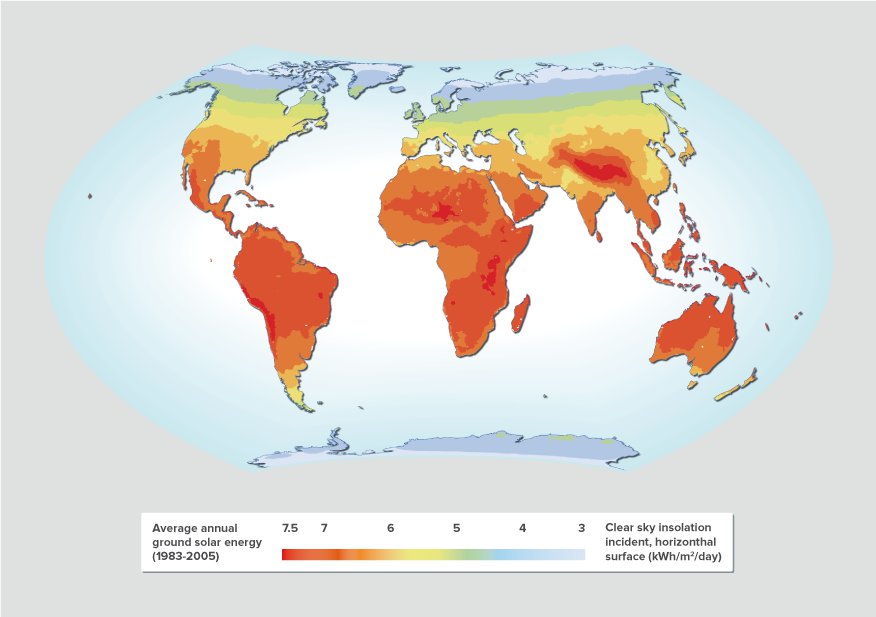Solar hot water systems provide domestic hot water and also contribute to space heating using solar energy. The efficiency of rooftop solar water heaters depends on the type of collector and storage tank among other parameters. Evacuated tube collectors are among the efficient type of solar collectors available capable of delivering hot water temperatures upto 180 °C. IEA Blue Map scenario envisions a reduction of global energy related CO2 emissions by half to their 2005 levels by 2050. According to the scenario the use of solar water heaters for hot water in buildings will grow providing for 30 per cent to 60 per cent of water heating demand today. This scenario assumes that heat pumps will be increasingly deployed for space and water heating and they will account for 63 per cent of the heating and cooling technology energy savings in 2050 (IEA, 2007). Transformation of heating and cooling technology market according the IEA Blue Map Scenario will reduce 2Gt of CO2 emissions globally. According to data from the energy saving trust, UK typical carbon savings in the UK because of solar hot water heaters are around 230kgCO2/year when replacing gas and 510kgCO2/year when replacing electric immersion heating.

Total solar thermal capacity installed worldwide by the end of 2011 reached 234.6 GWth. In terms of solar thermal installed capacity China is by far the leader, due to low costs and government support. The EU-27 is the second largest market, with the majority of installations located in the South. When evaluating the SWH market on per capita basis the ranking changes completely. Small sunny countries like Cyprus and Israel dominate the scene (see market scenario below). Relatively higher rankings for Austria, Germany and Denmark prove that the availability of solar resources is not the only the im-portant factor, supportive policies to encourage deployment need also to be in place (Mauthner and Weiss, 2013).
A strategic policy package would be needed to tackle the barriers and foster market transformation. Some policy instruments, which have been implemented in different countries, will also be discussed here. In most cases there is more than one obstacle that will hinder the development and rapid market penetration of solar water heaters. This is the reason why it is necessary to implement a combination of instruments to accelerate the transformation to efficient soalr water heating technologies. The following are examples of few successfully implemented policies.